Gochugaru—the sun-dried Korean chili flakes essential for kimchi, gochujang, and bibimbap—delivers unique flavor, color, and umami. But running out mid-recipe is a common kitchen crisis. This guide provides tested substitutes specifically for home cooks and Korean cuisine enthusiasts who need reliable alternatives without specialty store access. Discover practical swaps that maintain dish integrity, not just heat.
📜 Table of Contents
- Why Gochugaru's Complexity Defies Simple Substitution
- Top 7 Gochugaru Substitutes with Precision Ratios
- Comparison Table
- Pro Tips for Authentic Flavor Preservation
- Frequently Asked Questions
- Conclusion
🌶 Why Gochugaru's Complexity Defies Simple Substitution
Authentic gochugaru isn't just heat—it's made from hand-harvested Korean peppers sun-dried for weeks, developing natural sweetness and subtle fermentation. This process creates a complex profile that pure heat substitutes miss. Unlike standard chili powders, it provides:
• Vibrant crimson color without bitterness
• Balanced medium heat (4,000-8,000 SHU) with fruity undertones
• Umami depth critical for fermented dishes like kimchi
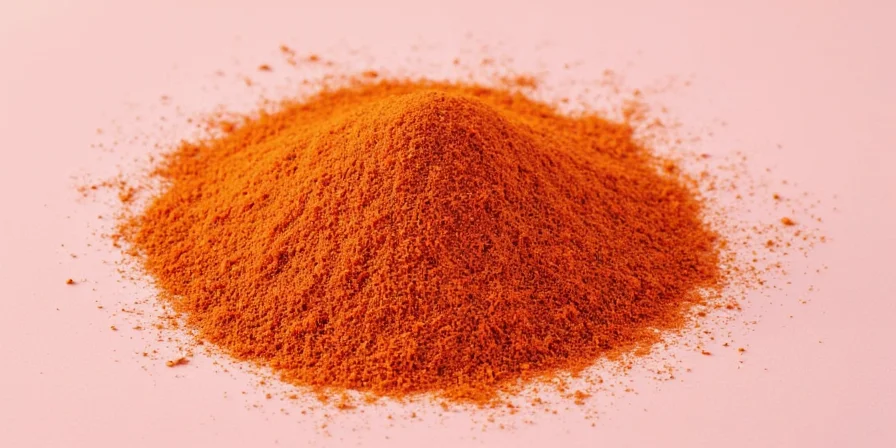
When substituting, focus on replicating this balance—not just spiciness—to avoid dish-altering results.
🧂 Top 7 Gochugaru Substitutes with Precision Ratios
- Cayenne Pepper – Use 1/2 teaspoon per 1 tablespoon gochugaru. Delivers intense heat (30,000-50,000 SHU) but lacks sweetness; ideal for non-fermented soups where acidity balances sharpness.
- Smoked Paprika + Crushed Red Pepper Flakes – Blend 1 tsp smoked paprika + 1/4 tsp flakes per 1 tbsp gochugaru. Mimics depth through controlled smokiness while managing heat (10,000 SHU).
- Sriracha or Hot Sauce – Substitute 1.5 tsp per 1 tbsp gochugaru. Compensate for liquid content by reducing broth by 1 tbsp. Best for stews where vinegar notes complement tomatoes.
- Mexican Chile Powder (Ancho/New Mexico) – Use 1:1 ratio. Earthy-sweet profile (1,000-2,000 SHU) works in ground-based dishes but lacks fermented complexity.
- Chili Garlic Paste – Replace with 3/4 tsp per 1 tbsp gochugaru. Garlicky punch requires omitting additional garlic in recipes; ideal for stir-fries.
- Hatch Green Chiles (Dried & Ground) – Apply 1:1 ratio. Grassier flavor (5,000 SHU) suits Korean fusion but avoid in traditional kimchi.
- Miso + Chili Powder Mix – Combine 1/2 tsp white miso + 1/2 tsp mild chili powder per 1 tbsp gochugaru. Best for fermented dishes needing umami restoration.
📊 Gochugaru Substitute Comparison
| Substitute | Flavor Profile | Heat Level | Texture Match | Critical Adjustment |
|---|---|---|---|---|
| Cayenne Pepper | Sharp, biting heat | Very High | Powdery (Poor) | Reduce by 50%; add 1/4 tsp sugar |
| Smoked Paprika + Red Pepper Flakes | Smoky + balanced spice | Moderate-High | Good | Use 4:1 ratio paprika to flakes |
| Sriracha or Hot Sauce | Vinegary, garlic-forward | Moderate | Liquid (Poor) | Reduce liquids by 1 tbsp per tsp |
| Mexican Chile Powder | Earthy, mild sweetness | Low-Moderate | Good | Add 1/8 tsp vinegar for brightness |
| Chili Garlic Paste | Pungent, garlicky | Moderate-High | Paste (Poor) | Omit additional garlic |
| Hatch Green Chiles (Ground) | Grassy, tangy | Low-Moderate | Good | Add 1/4 tsp tomato paste for color |
| Miso + Chili Powder | Umami-rich, funky | Low | Powdery (Poor) | Mix with 1 tsp water before adding |
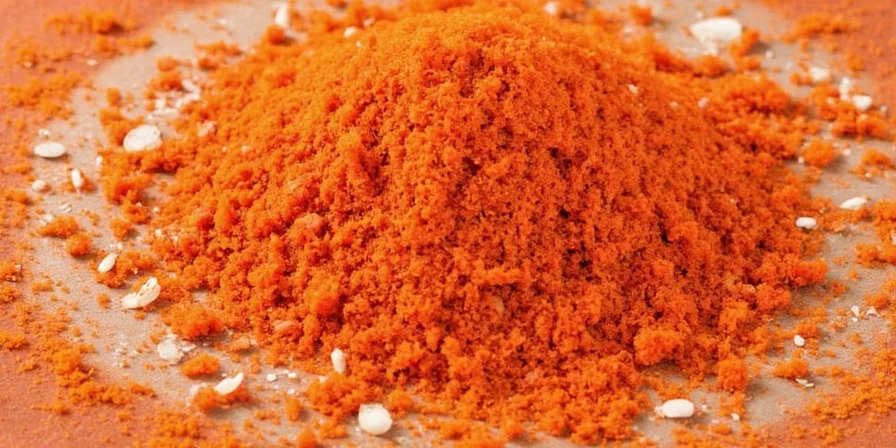
💡 Pro Tips for Authentic Flavor Preservation
- Start with Half: Most substitutes exceed gochugaru's heat. Begin with 50% of the recommended ratio and adjust incrementally.
- Texture Calibration: For kimchi, use only finely ground substitutes to prevent gritty texture. Sieve coarse mixes through a fine mesh.
- Color Restoration: Add 1/4 tsp beet powder to substitutes lacking crimson hue—critical for visual authenticity in bibimbap.
- Fermentation Compensation: In kimchi recipes, include 1 tsp fish sauce per cup of substitute to replicate gochugaru's natural fermentation notes.
- Heat Integration: Bloom dry substitutes in 1 tsp toasted sesame oil before adding to dishes for rounded flavor dispersion.
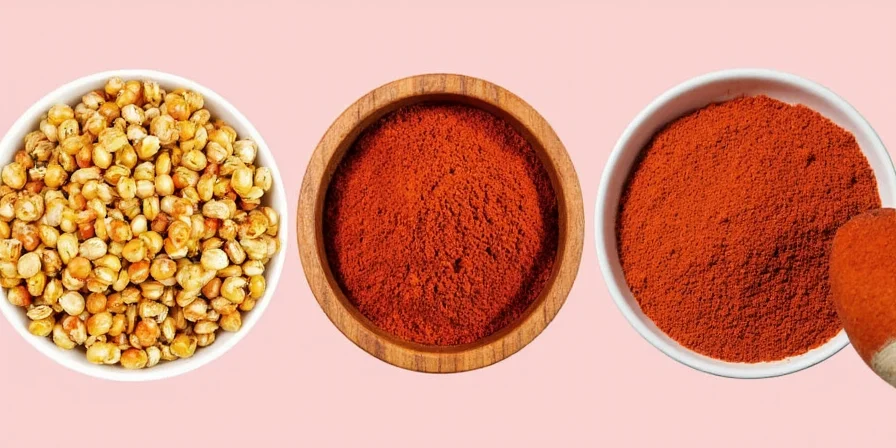
❓ Frequently Asked Questions
Can I use regular chili flakes instead of gochugaru?
Yes, but with critical adjustments. Standard chili flakes (like Italian) run 2-3x hotter and lack sweetness. Use 1/3 the amount and blend with 1/4 tsp honey per tablespoon to approximate gochugaru's balance.
What's the best substitute for traditional kimchi?
Miso + chili powder mix is optimal. The fermented miso replicates gochugaru's umami foundation. Avoid liquid substitutes as they disrupt salt balance essential for lacto-fermentation.
Why shouldn't I use cayenne for gochujang?
Cayenne's sharp acidity clashes with gochujang's sweet-fermented profile. It creates bitter undertones during cooking. Smoked paprika blend preserves the required complexity without overpowering.
✅ Final Thoughts: Strategic Substitution Over Compromise
Effective gochugaru substitution requires understanding its dual role as flavor architect and color engineer—not merely a heat source. By matching substitutes to specific dish requirements (fermentation needs, texture sensitivity, color demands), you preserve authenticity even with pantry staples. Remember: the goal isn't replication but intelligent adaptation that honors Korean cuisine's delicate balance.
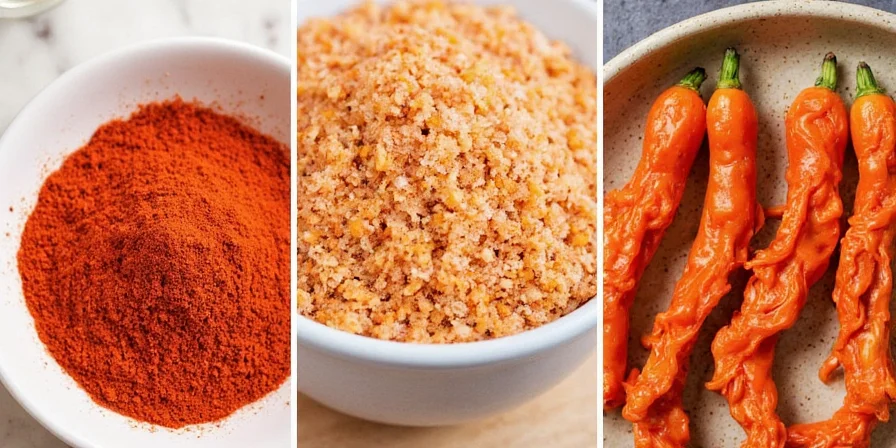
When your gochugaru container runs empty, these precision-tested strategies transform potential kitchen disasters into opportunities for creative problem-solving—without sacrificing cultural integrity.

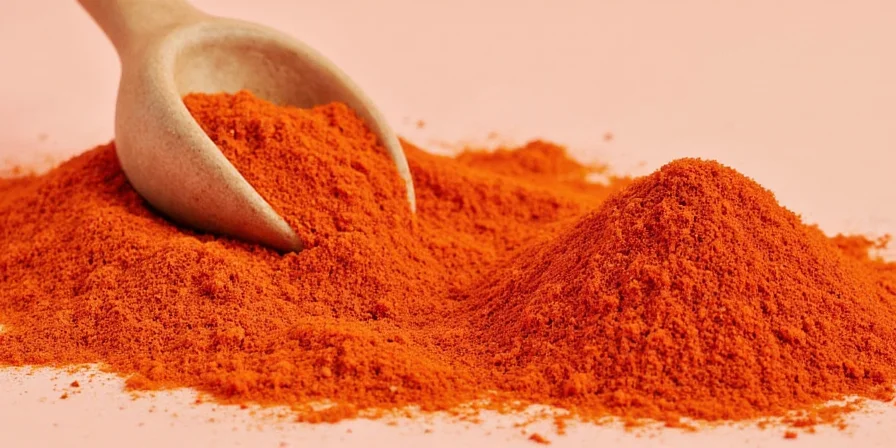









 浙公网安备
33010002000092号
浙公网安备
33010002000092号 浙B2-20120091-4
浙B2-20120091-4